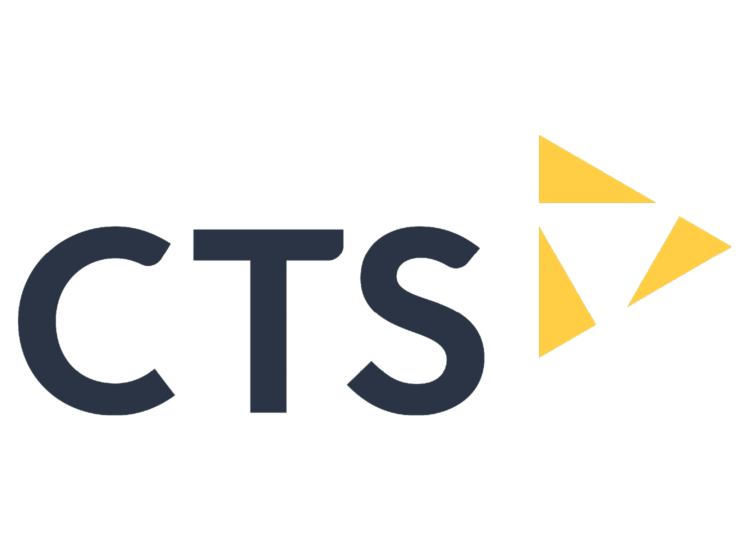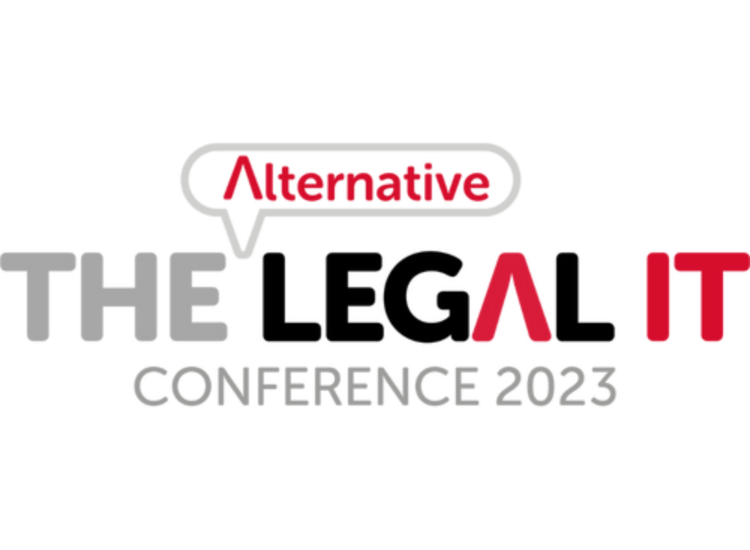In July 2021, The Bar Council released a warning for UK&I barristers’ chambers to check their cybersecurity systems and to invest in insurance, following a number of cyberattacks on legal practices throughout the country.
“This should act as a wake-up call for everyone to check the security of their information networks and that their critical business interruption plans are up to date and effective,” The Bar Council commented.
In this blog, we will explore how you can protect your end-users, platforms, and networks from the ever-increasing cyberthreats that the legal sector faces.
- Users
End-user device rationalisation
End-user device management is key to protecting your chambers’ network and confidential data from attack. Such management includes maintaining up-to-date security by installing and updating operating systems and managing end-user accounts. Additionally, with the establishment of an end-user device policy, you can specify how a device can be used safely by your end-users by setting device boundaries and implementing barriers to mitigate human error.
Having end-user device management plan paired with comprehensive endpoint detection and response (EDR) will enable you to better protect your chambers knowing you’re well-equipped against the large number of endpoint variables.
Multi-factor authentication
Password theft is very common, and the legal sector is a prime target. While it should be ensured that your end-users follow best practices for passwords, such as varying them from account to account, and using passphrases, you can’t rely on them as the only form of authentication for users logging into systems.
Multi-factor authentication (MFA) requires the user to verify themselves and confirm the log-in attempt, which provides a second layer of security, preventing unauthorised users to gain access to your systems.
Web security
To protect data, users and your chambers from exposure to risks such as malware, phishing and denial of service, web security is critical. Web security protects businesses from breaches and attacks from online threats by monitoring and filtering internet traffic and blocking any traffic that is potentially harmful or suspicious.
Security training
Cybersecurity is not only the responsibility of your IT department but one of everyone in your chambers. There is an undeniable link between basic cybersecurity knowledge and the mitigation of breaches – it is vital that your end users undergo continuous training to keep abreast of the ever-evolving threat landscape.
- Platforms
Resiliency with the cloud
With the cloud, there are multiple security enhancements that are beyond the capabilities of what many chambers can achieve with their on-premise infrastructure. From firewall perimeter security to secure back-up to data encryption, by transitioning to the cloud, you are enabling resiliency and an extra layer of protection to your back-end systems.
Business continuity
Having a business continuity provision will enable fast recovery of files, servers or applications, data loss avoidance and a seamless failover experience in the event of a disaster, with minimal disruption to your firm.
M365 Optimisation
M365 has built-in security measures that span user access, threat protection and information storage. The level of control that Microsoft provides its users gives you the ability to apply access permissions to emails, data access via SharePoint or OneDrive, and the ability to centralise policy and governance.
- Network
Heightened firewalls
One of the most vital parts of your network security is a firewall, which acts as the first line of defence against the myriad of threats that the legal sector faces. You must ensure that your chambers’ firewall has specific access rules in place, which will determine whether it should allow incoming or outgoing traffic from your device or the Internet or whether it should block access.
However, it is recommended that you undergo a security assessment of your perimeter firewalls to ensure that there are no unnecessary access rules enabled, that existing rules are secure and that your firewalls are up to date.
Endpoint protection
Endpoint Detection and Response can be a big advantage for barristers’ chambers and the security they can provide for the wider business, clients, and data. Because of the ever-increasing number of endpoints on modern networks, it’s becoming increasingly difficult to fight against advanced attacks that enter through these devices – traditional antivirus software is no longer enough.
Wi-Fi security
Cyber criminals are constantly looking for weak spots to exploit, and one of the easiest ways for them to gain access to confidential data is through unsecured Wi-Fi networks.
Where possible, you should log onto the internet on any equipment you have via an Ethernet port (that is, a physical connection between your route and your device). However, this is, of course, very difficult with smartphones and tablets, or when working remotely, meaning that the use of VPNs, paired with web filtering and MFA is of particular importance.
If you are interested in learning more about cybersecurity for barristers’ chambers, please watch our webinar, “Act Now: Bring your Barristers Chambers Security up to Bar” here. Or to find out more about how CTS can assist your chambers with protecting its data, networks and users, contact us today.




